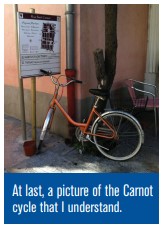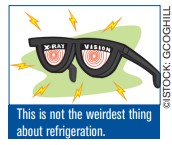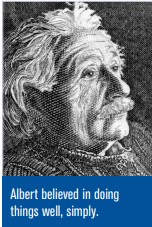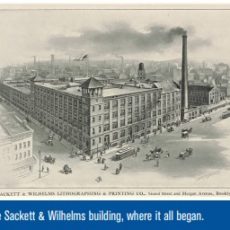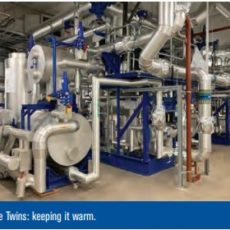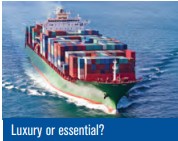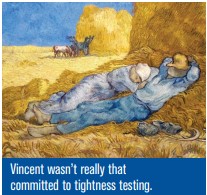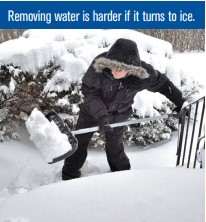June 1, 2021, is the 225th birthday of Sadi Carnot, an original thinker who was not afraid to ask the questions that nobody else had thought. His attempts to answer them were hampered by deficiencies in the scientific theory of
ASHRAE Blog
Everything you need to know, jargon-free
The complete series of columns written by Star’s Group Managing Director Dr. Andy Pearson for ASHRAE Journal, beginning with the first column published in March 2012 to the very latest. The column is published each month in the Journal and covers topics spanning from refrigeration basics to heat pumps and even fitting tributes to the industry’s most indispensable pioneers who have sadly departed. Each column is written in an offbeat and humorous style minus any head-scratching technical jargon, meaning they are enjoyable for anyone to read – not just fridge engineers!

